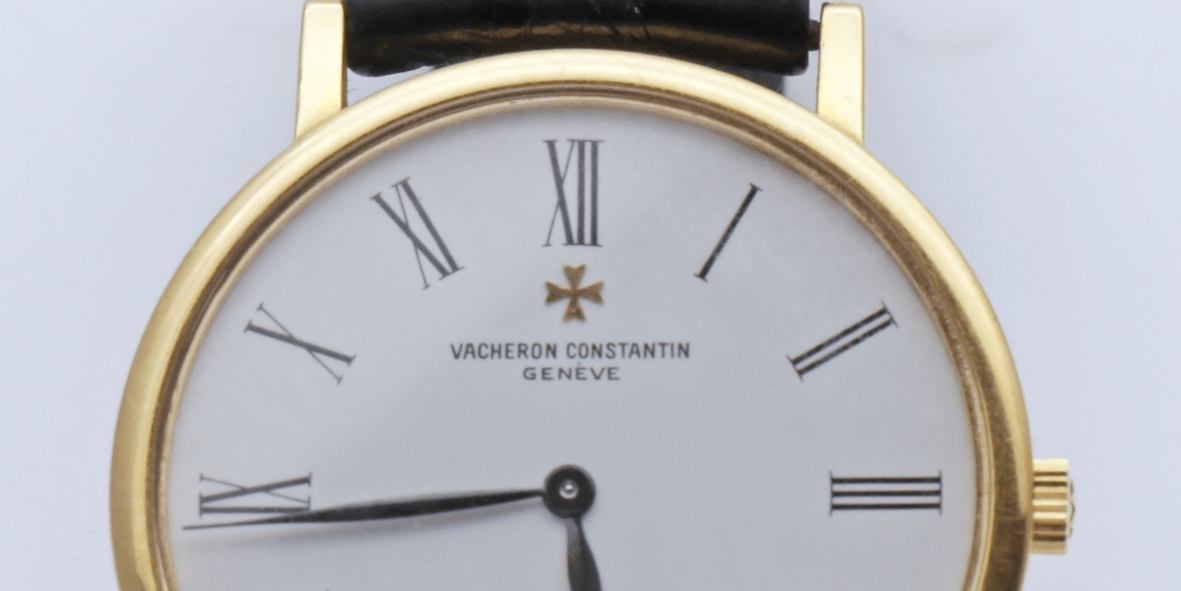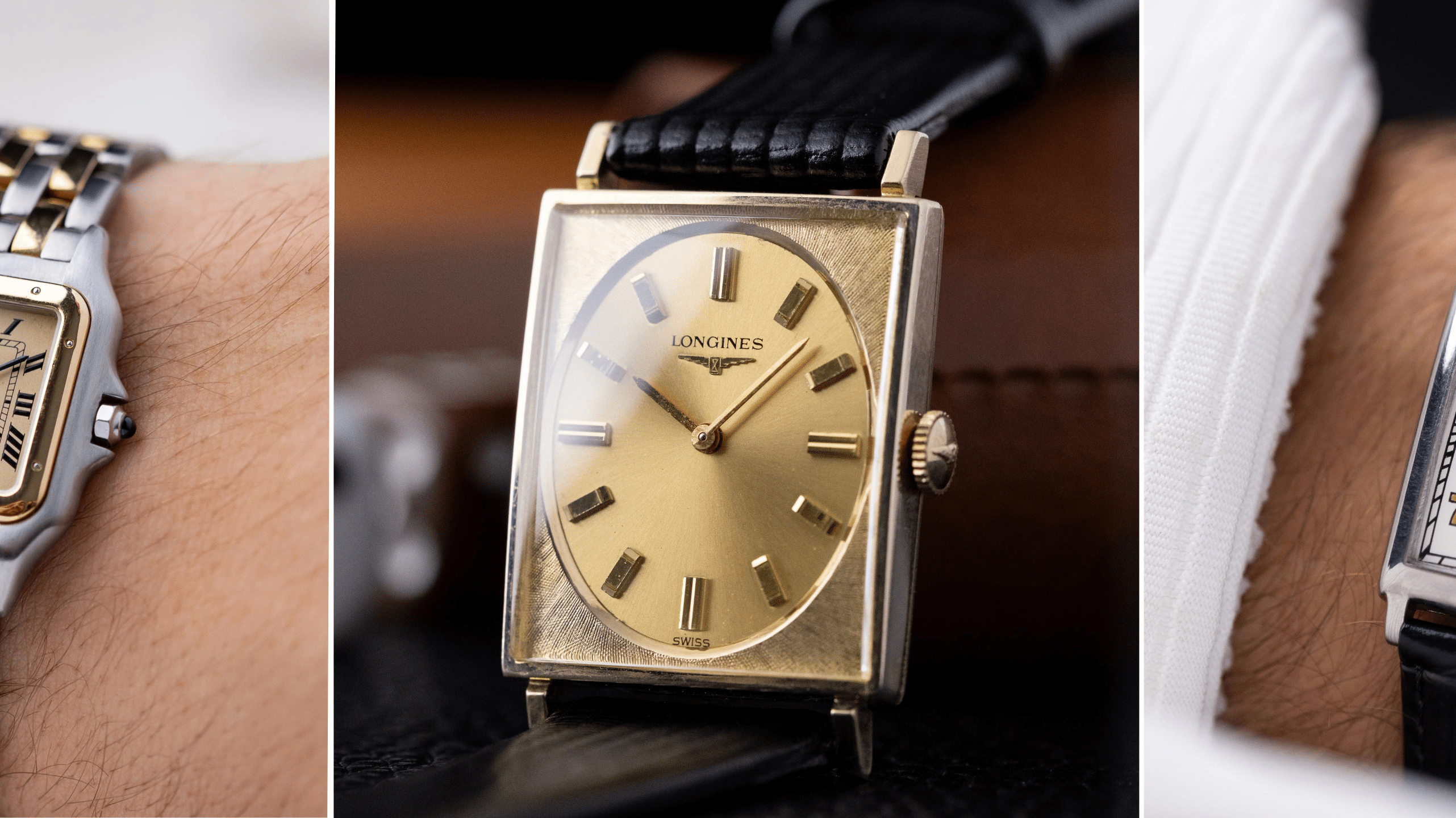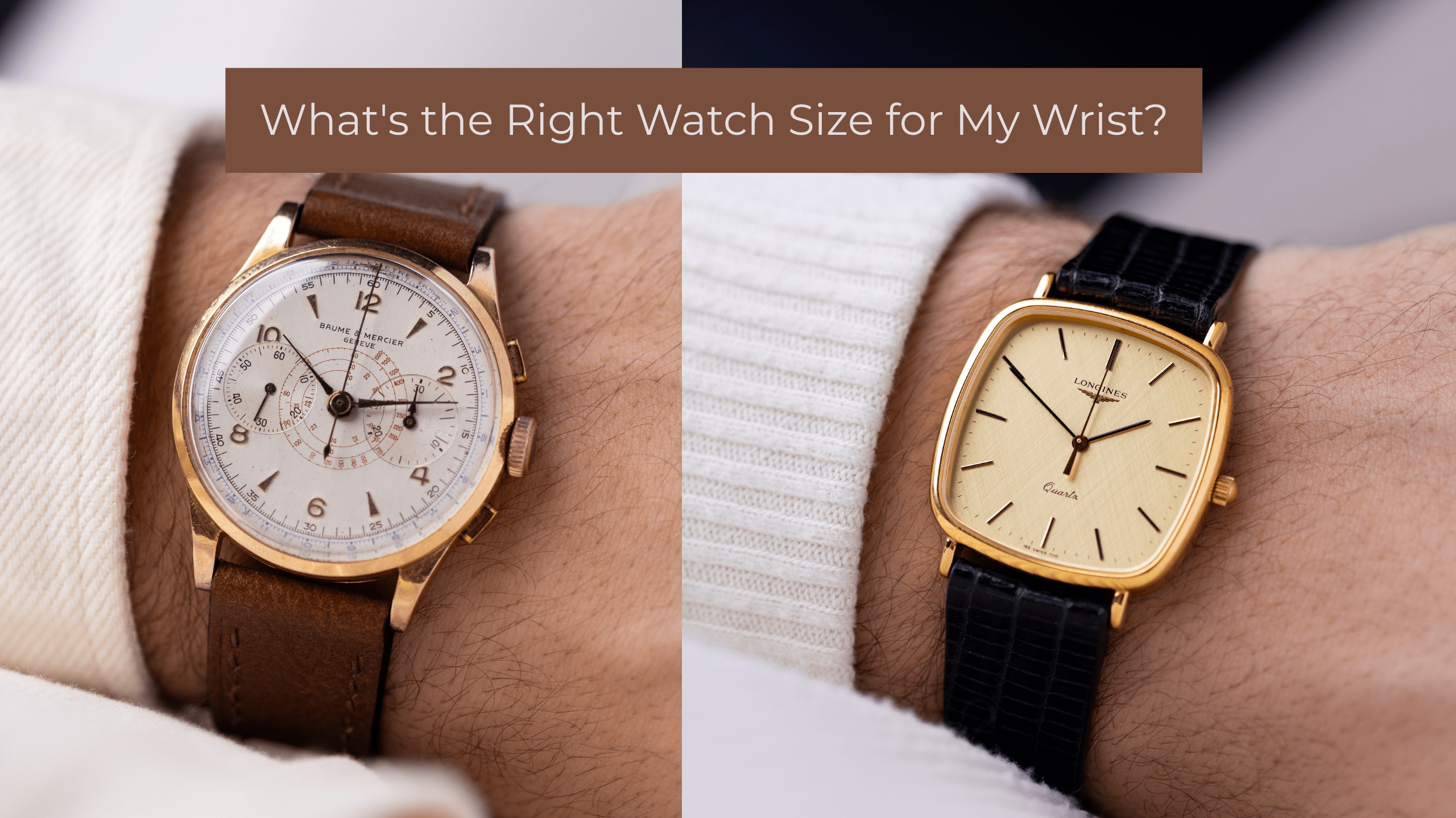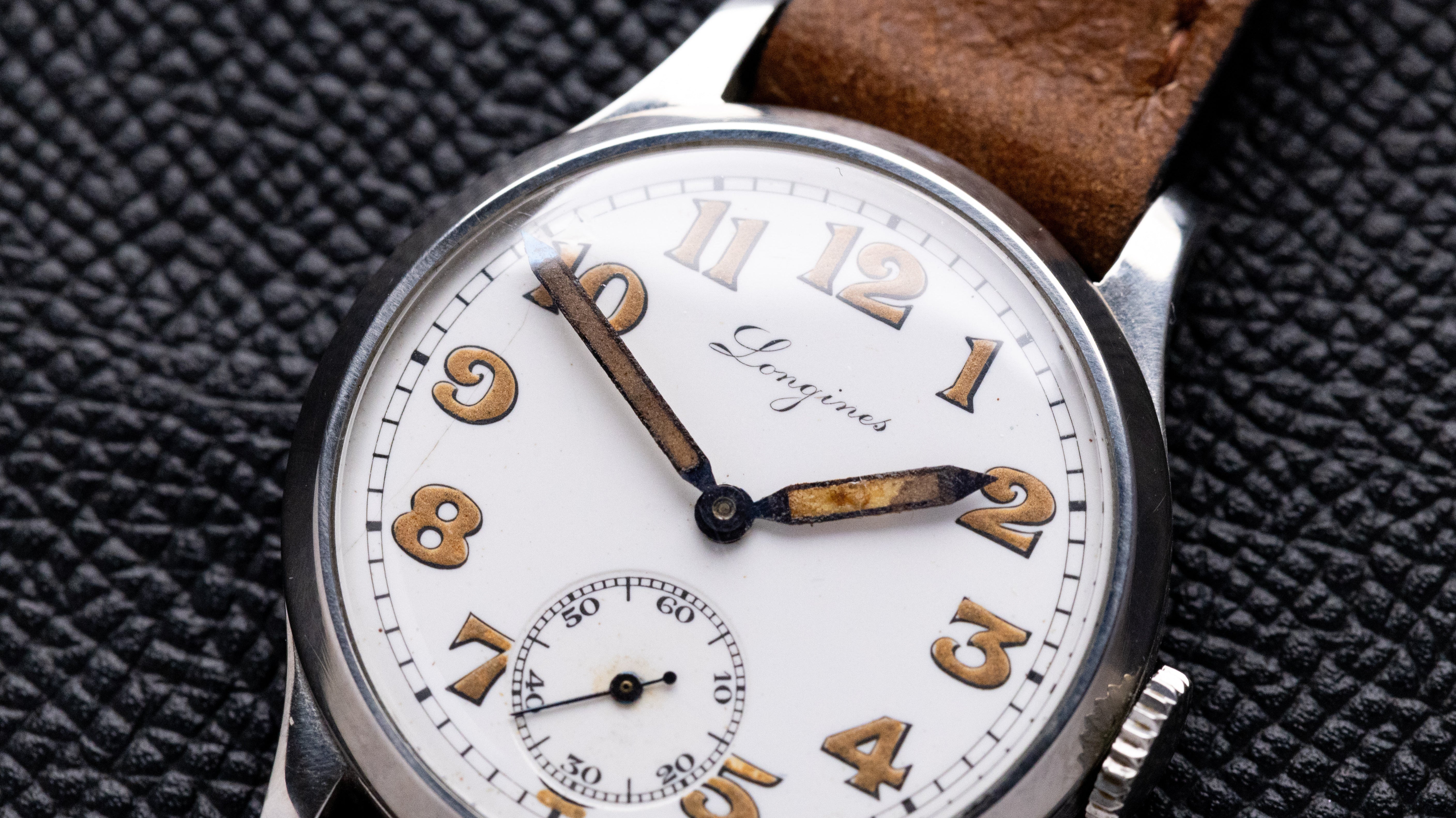Founding and Early Years
 The origin of the oldest continuously operating watchmaking house in Switzerland dates back to September 17, 1755. On that day, Jean-Marc Vacheron, a 24-year-old watchmaker from Geneva, took on his first apprentice.
The origin of the oldest continuously operating watchmaking house in Switzerland dates back to September 17, 1755. On that day, Jean-Marc Vacheron, a 24-year-old watchmaker from Geneva, took on his first apprentice.
Today, the only surviving testament to Jean-Marc Vacheron's craftsmanship is a silver pocket watch bearing his initials. It features a verge escapement and elegant gold hands. The beautifully crafted balance bridge is adorned with fine arabesques. This harmonious blend of technical excellence and aesthetic finesse would, over time, become a hallmark of the brand.
In 1785, Jean-Marc's son Abraham Vacheron (1760–1843) took over the workshop. Despite difficult times—like the aftermath of the French Revolution and Geneva’s occupation by French Directory troops—he managed to keep the company going. Following his father’s example, Abraham passed the business on to his son, Jacques-Barthélemy, whom he personally trained.
By the late 18th century, Abraham Vacheron's workshops produced movements that would serve as the foundation for the brand’s first complicated timepieces. These wall clocks not only displayed hours and minutes but also the date and day of the week—an uncommon feature at the time.
The Constantin Partnership
Under Jacques-Barthélemy, the timepieces became more complex, including musical watches with two melodies. The brand expanded to France and Italy, counting future monarchs among its clients.
The company was renamed Vacheron & Constantin in 1819 when Jacques-Barthélemy partnered with François Constantin. Constantin's sharp business acumen helped the brand enter new markets swiftly. On July 5, 1819, he famously wrote from Turin: “Do better if possible, and that is always possible.” This phrase became the company's enduring motto.
By 1824, the company introduced a pink gold pocket watch with a windowed hour display and a central minute hand—an early example of a jump-hour complication. That same year, they crafted hand-painted yellow gold pocket watches decorated with a blue enamel map of Italy, showcasing a silver guilloché dial with a small seconds at 6 o’clock and minute markings around the edge.
Industrial Innovation
A pivotal moment came in 1839 with the arrival of Georges-Auguste Leschot, an inventor who developed tools that standardized production and allowed for interchangeable parts. His famous pantograph greatly improved precision and efficiency. In 1844, the Geneva Society of Arts awarded him a gold medal, recognizing it as a landmark contribution to local horology.
Expansion and Identity
With increasing scale came a need for new facilities. Architect Jacques-Elisée Goss (designer of Geneva’s opera house) created a grand workshop complex on the Quai de l’Ile, which remains the company’s headquarters.
Vacheron Constantin watches became easily identifiable by the Maltese cross logo—based on a movement component that controls the barrel’s energy release. It was registered in 1880 as the official trademark.
By August 1, 1906, when the first boutique opened, Vacheron Constantin was already recognized as an official supplier to the Royal Court of Serbia, honored with the Order of St. Sava.
20th Century Milestones
In 1912, Vacheron Constantin broke with tradition by creating their first tonneau-shaped (barrel) case watches. The shape gained enduring popularity, leading to the modern Malte collection in 2000.

During World War I, the company provided chronographs to the U.S. Army Corps of Engineers—rugged silver-cased watches with luminous hands. Later, a striking minute-repeater pocket watch was custom-made for James Ward Packard, featuring a 20-karat engraved gold case and sapphire crystal.
The brand followed up with an avant-garde cushion-shaped model for the U.S. market in the 1920s, with the crown at 1 o’clock and a skewed dial. This piece inspired the Historiques American 1921, re-released in 2008.
Post-War Innovation and Legacy
The 1952 introduction of a curved square case with triple calendar and moonphase set the stage for later icons like the Toledo (1998) and Historiques 2003.
For the 200th anniversary, Vacheron Constantin unveiled the world’s thinnest movement, the Geneva Seal-certified Caliber 1003, at just 1.64 mm thick. A tribute version powered the Historiques Ultra-Fine 1955 in 2010.
In 1972, France’s Minister of Science and Industry awarded the company a Prestige of France diploma. That year, they released the 1972 model, with a trapezoidal case and elliptical movement—designed using the golden ratio.
In 1977, for their 222nd anniversary, Vacheron Constantin released the “222”, a stainless steel sports watch with integrated bracelet, porthole-style bezel, and luminous markers—a direct predecessor to the Overseas line.
Jewelry and Haute Horlogerie
The Kallista (1979), made from 1kg of gold and set with 130 carats of emerald-cut diamonds, required 5 years of stone fitting and over 6,000 hours of work.

In 1992, the company resurrected a vintage minute repeater movement to create the ultra-thin Caliber 1755, used in a 200-piece limited edition, including skeletonized and classic designs.
Modern Era and Global Reach
Launched in 1996, the Overseas collection offered refined yet rugged watches for travelers. In 1999, the line added a chronograph, followed by anti-magnetic cases in 2004.
In 2004, a new manufacture in Plan-les-Ouates—designed by architect Bernard Tschumi—became the company’s futuristic headquarters, shaped like a Maltese cross.
For their 250th anniversary, they debuted five exceptional creations:
-
L’Esprit des Cabinotiers: a table clock housed in a hand-engraved gold sphere.
-
Tour de l'Île: a wristwatch with 16 complications, assembled from 834 components, developed over 10,000 hours.
-
Métiers d’Art: 4 seasonal-themed pieces using hand-engraving, miniature enamel painting, and gemstone setting. Only 48 pieces were made.
-
Saint-Gervais: a watch with a 250-hour power reserve and 4 barrels, limited to 55 pieces.
-
Jubilé 1755: a tribute to classic horology, using automatic Caliber 2475 with date, day, and power reserve, in 1,755 units.
In 2013, a new production facility in Le Brassus unified component workshops. Two years later, Vacheron Constantin celebrated its 260th anniversary with the Harmony collection, inspired by a 1928 chronograph, featuring a blend of square and circular case elements.
Present and Leadership
Since 1996, the brand has been part of the Richemont Group. In 2006, it introduced custom watchmaking and personalization services. Today, Vacheron Constantin operates in 80 countries, with over 15 boutiques and 300 points of sale.
On April 1, 2017, Louis Ferla succeeded Juan-Carlos Torres as CEO, reflecting Richemont’s aim to rejuvenate its leadership while continuing the founder’s traditions.








